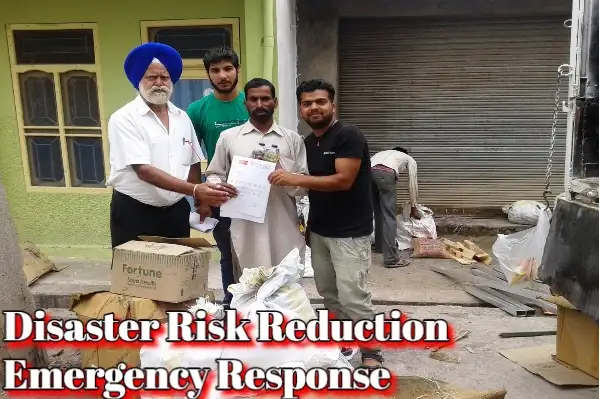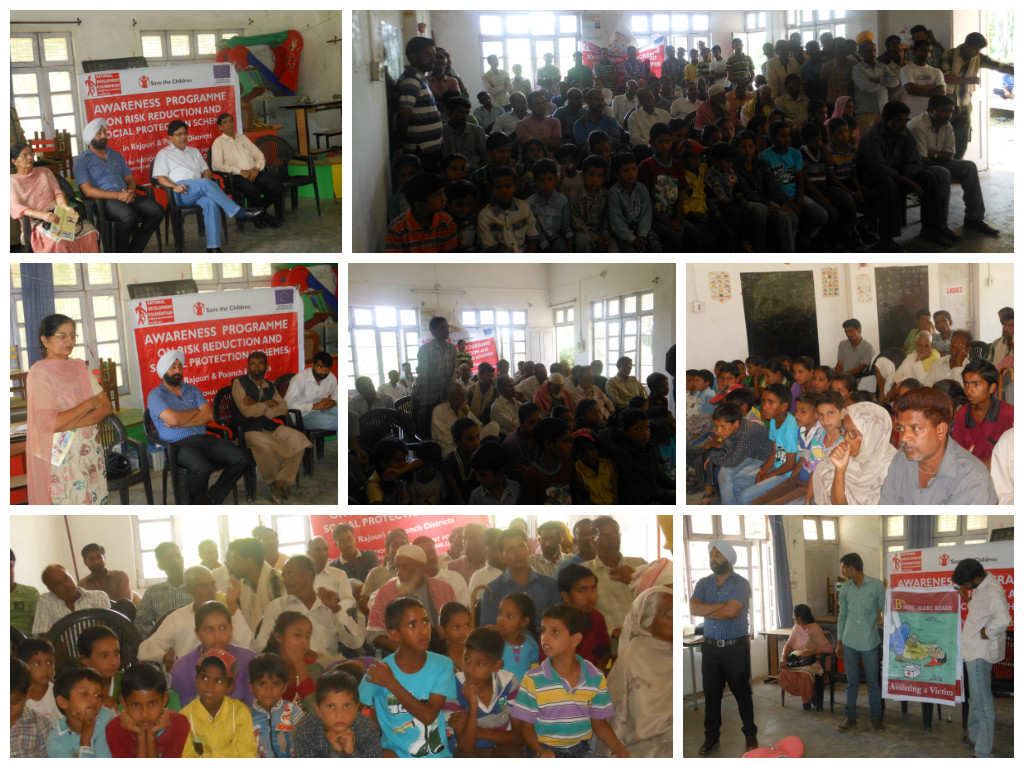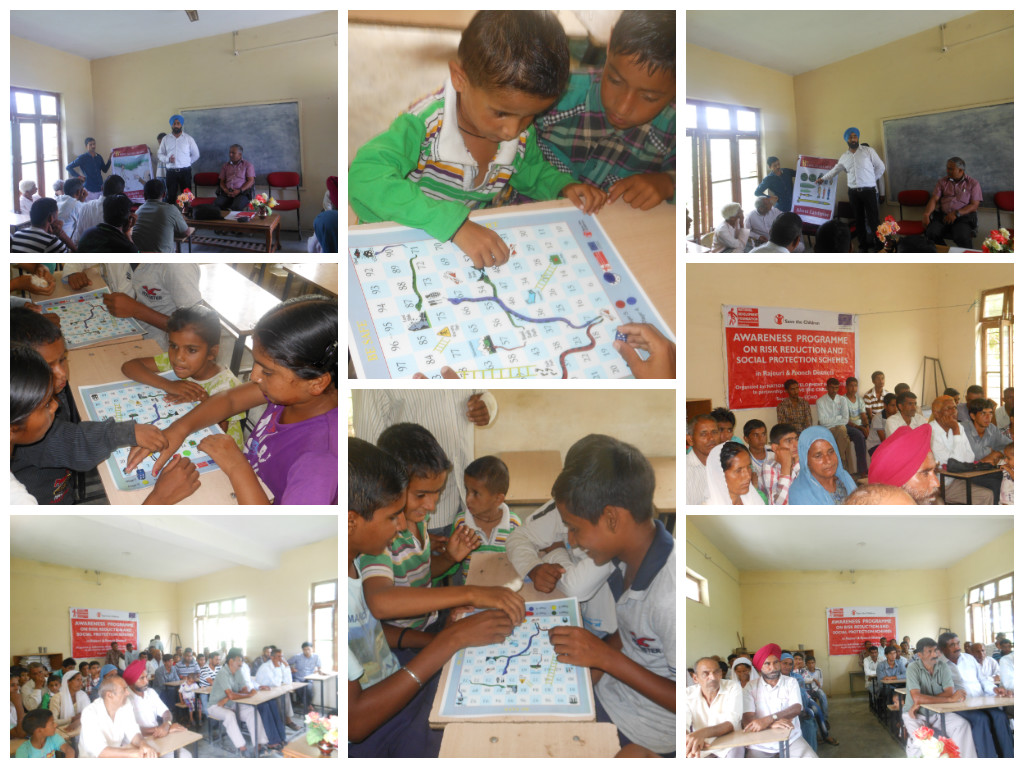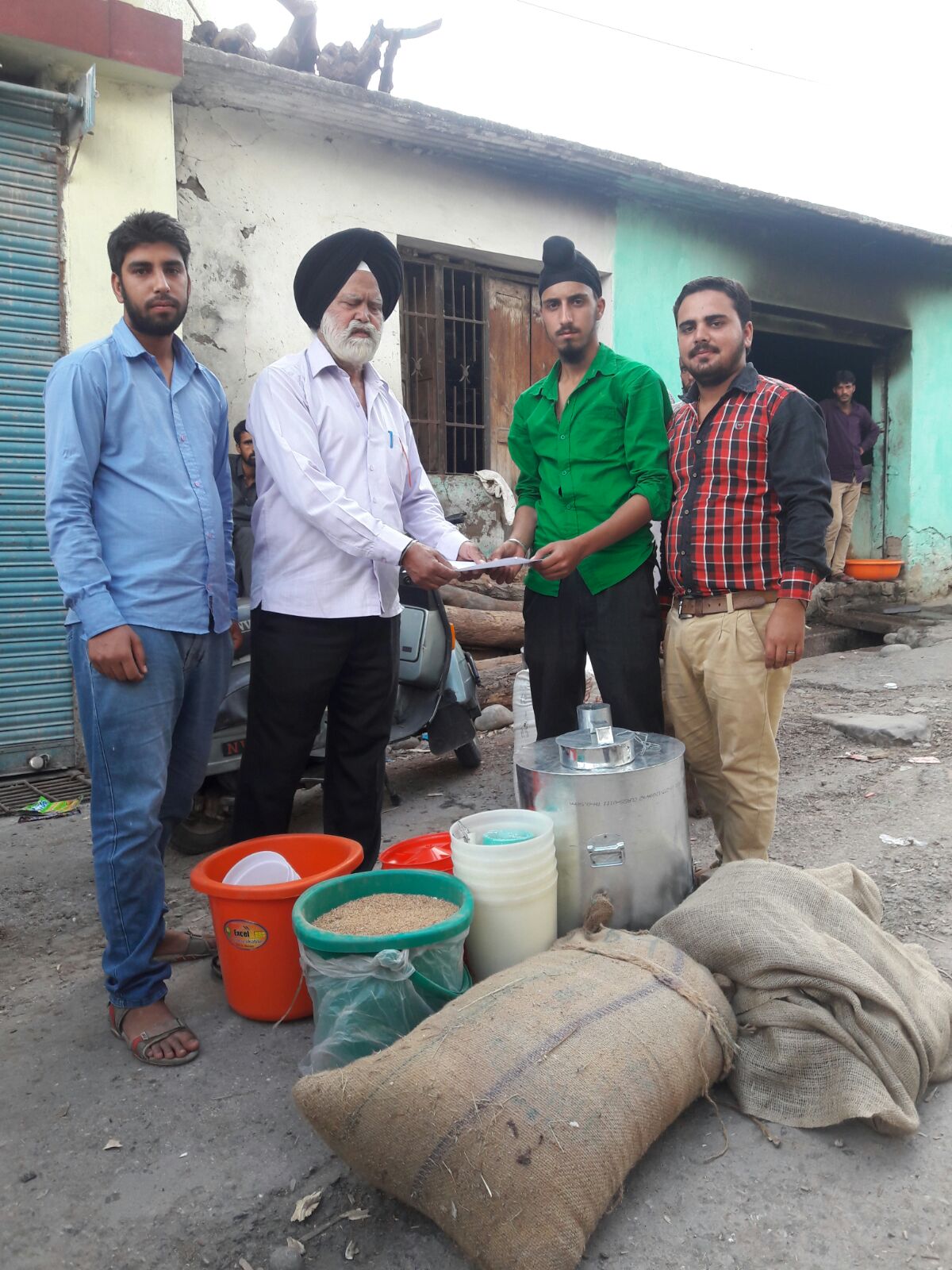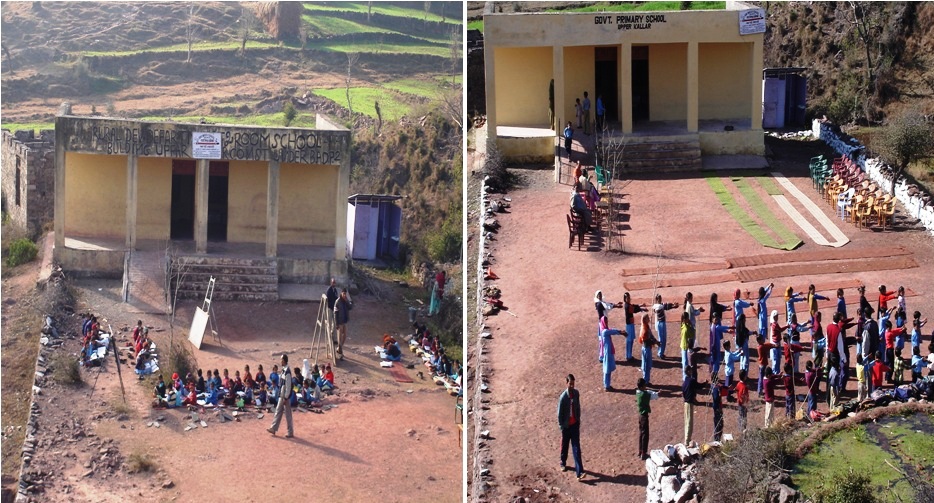Disaster Risk Reduction and Emergency Response
Earthquakes, floods, storms and civil strife have affected millions of people, inflicted injury, disease, homelessness, misery and caused damage worth millions of rupees in the state. They have destroyed decades of human effort and investments, thereby placing new demands on society for reconstruction and rehabilitation. National Development Foundation is working on disaster risk reduction and emergency response: from providing relief and rehabilitation during the October 2005 earthquake to the devastating September 2014 floods and landslides. Apart from this, NDF usually responds in case of emergency situations like firing/shelling on the Actual Line of Control between India and Pakistan, events that impact countless women, men and children who could either be killed or injured in random shelling, firing or accidentally coming in contact with land mines. To these vulnerable communities, NDF extends humanitarian support in the form of cash assistance (to injured children and adults for treatment) as well as livelihood support etc. NDF also carries out regular trainings on locally relevant issues like landmine risk awareness, communities to social protection schemes of the Government for medical and/or economic rehabilitation and relief, etc. linking affected Special attention is given to the needs of children, women, old and as well as the differently-abled during disasters, both at during rescue/relief as well as for their rehabilitation.
We are committed to:
To build resilience and reduce vulnerability of communities especially children, youth and women by improving community preparedness for emergency situations. In the aftermath of natural disasters; work and collaborate with government and non- governmental stakeholders to reach out to the most marginalized & needy families affected by natural disasters to respond to their immediate essential needs and long term rehabilitation; to promote and build leadership among children, youth and women through community based approaches enabling them to participate in decision making process to respond effectively to humanitarian crises; and provide child friendly spaces to cater to the children's psychological, nutritional, medical and protection need. We work to:
- Facilitate and advocate for developing disaster management plan for all districts of J&K state and undertaking mock drills in peace times.
- Developing and keeping ready modern infrastructure to face natural and man-made hazards
- Facilitate and advocate for timely and adequate compensation for border victims and insurance cover to their lives properties and livestock.
- Facilitate and advocate linking vulnerable and victim families with social protection schemes of the Govt.
- Facilitate and advocate special focus on needs of children, women, old and specially-abled at time of disaster both at relief and rehabilitation stages.
- Facilitate and advocate for immediate need based relief and rehabilitation of the communities affected by natural calamities like Earthquake, Floods, landslides, Snow avalanches, Cloud bursts, Border shelling, mine blasts etc.
Milestones achieved in DRR & Emergency Response:
- 5561 persons including 1372 children living in villages located on LoC in Rajouri & Poonch districts trained on Landmine Risk Awareness and Safety Measures/do's and don'ts to be followed in cross border shelling and firing
- 4567 children were provided psychosocial care through 83 Child Friendly Spaces in villages located on LoC in Poonch & Rajouri districts
- Appx 257 adults injured in landmines/ IEDs were checked up during the health checkup and referral camps.
- 2,356 families including 5,557 children were provided life-saving humanitarian relief during disasters.
- 1900 students in 20 schools benefited through construction of hand washing stations/restoration of toilets.
- 177 persons including 71 children injured due to conflict in border villages across LoC like mine/IED blasts, cross boarder shelling/firing, encounters were referred for specialist services for advanced treatment
- Aprx. 42,820 peoples from Rajouri District were aware about the key compensation and social protection schemes of the Government.
- Age appropriate hand washing stations were also constructed in 16 schools.
